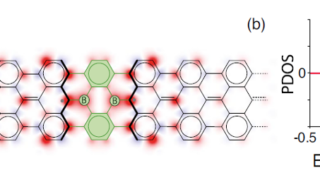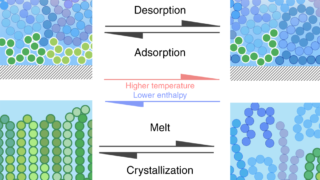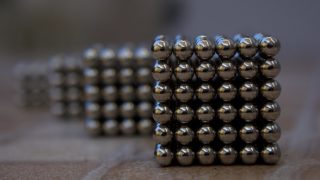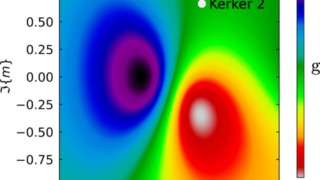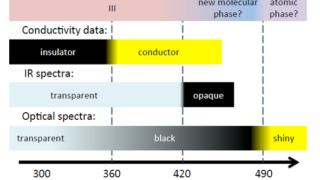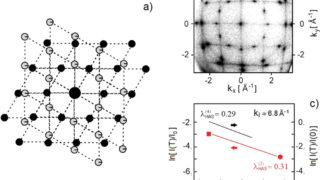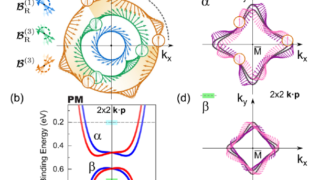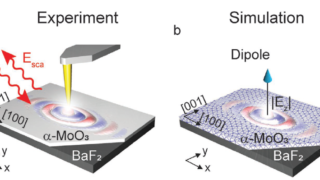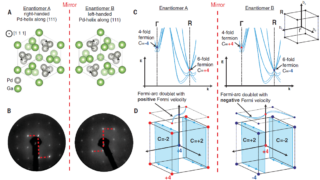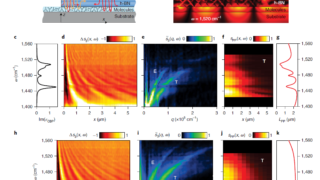
Strong coupling between propagating phonon polaritons and organic molecules observed for the first time
The so-called van der Waals materials consist of two-dimensional layers bound by weak van der Waals forces. After the isolation of graphene, the field of two-dimensional van der Waals materials has experienced an explosive growth and new families of two-dimensional systems and block-layered bulk materials have been created. This growth has been fuelled mainly by […]
